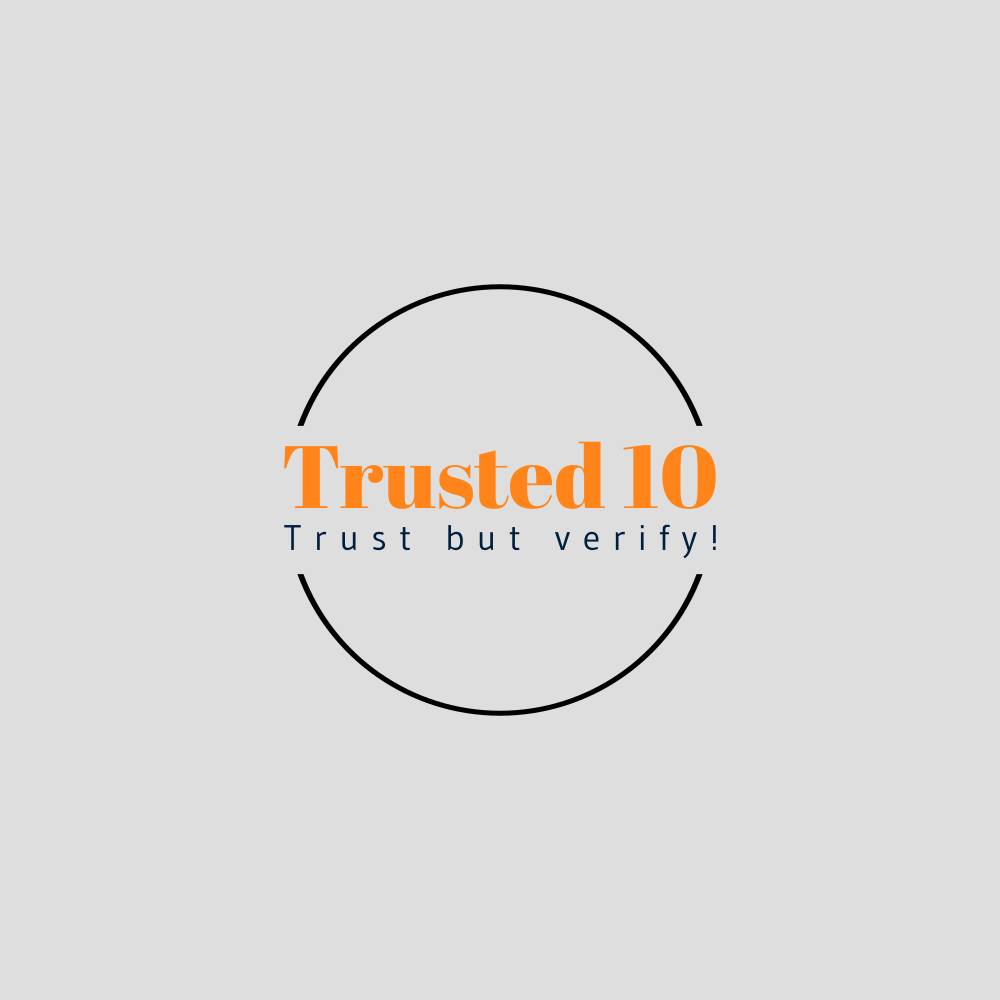The Leading Chatbot Platforms of 2024
AI chatbots are an indispensable tool for successful businesses in today's digital world. Thus companies look for these AI tools to improve customer interaction and optimize workflows. With developments in artificial intelligence and natural language processing these chatbots are still evolving. Since ChatGPT launched AI chatbots have been extremely popular. Their versatility is the reason for their popularity.
AI Chatbots can help you to write various codes compose emails and much more at your command. When ChatGPT became famous worldwide many other options were available to choose from. Allow us to save your time and delve into the ever evolving world of chatbot technology. Explore the best AI chatbots and take a close look at the chatbot technology review. With the help of trusted10.io unlock the full potential of these leading chatbot platforms 2024. Read on more to know the top chatbot solutions you can use in 2024.
What Exactly Is An AI Chatbot?
An AI Chatbot is a web interface. It produces human-like conversations and helps you with many tasks. Some of these AI chatbots are simple such as the help bots you can find on several websites. These AI chatbots are powered by large language models and algorithms. These further use deep learning techniques and huge sets of data to get a grasp on language.
Best AI Chatbots of 2024
This section covers the leading chatbot platforms 2024 has for you. Though there are so many in the market we have listed down the top 10 best AI chatbots below.
1 Dialogflow

It is a google tool that allows its users to build AI chatbots and add them to your website or mobile app. Dialogflow lets its users converse. They use it to improve their experience by talking to the generative AI agent. You can also have end-to-end management that gives you control over the chatbot.
Features:
- It is a multi-platform chatbot builder
- Dialogflow supports 30+ languages
- It has AI and machine learning capabilities
Pros:
- Natural Language Understanding (NLU): Dialogflow provides robust natural language processing (NLP) capabilities. It enables conversational understanding of user input by chatbots and the extraction of pertinent intents.
- Ease of Use: Drag-and-drop capabilities and an intuitive UI are features of the platform. This makes it accessible for developers and non-developers to build and deploy chatbots without coding knowledge.
- Rich Features: Dialogflow comes with a range of features. These include pre-built agents customizable templates webhook integrations and multi-language support. It further enables developers to create sophisticated chatbot experiences.
- Integration with Google Services: Dialogflow seamlessly integrates with other Google Cloud services. These include Cloud Functions Firebase and Google Analytics. They offer extra features for analytics hosting and scalability.
Cons:
- Restricted customisation: Dialogflow provides a number of features and choices for customisation. However some users feel that its versatility and advanced customization options are limited.
- Cost: Dialogflow provides a limited-use free tier. But advanced features and higher usage volumes may incur costs.
- Dependency on Google: It is a Google product and users are reliant on Google's infrastructure updates and support. Some groups may worry about data privacy. They may also worry about vendor lock-in from relying on a single provider.
- Learning Curve for Advanced Features: While the basic functionalities of Dialogflow are relatively easy to grasp. But to master the advanced features requires more time and expertise.
2 Rasa
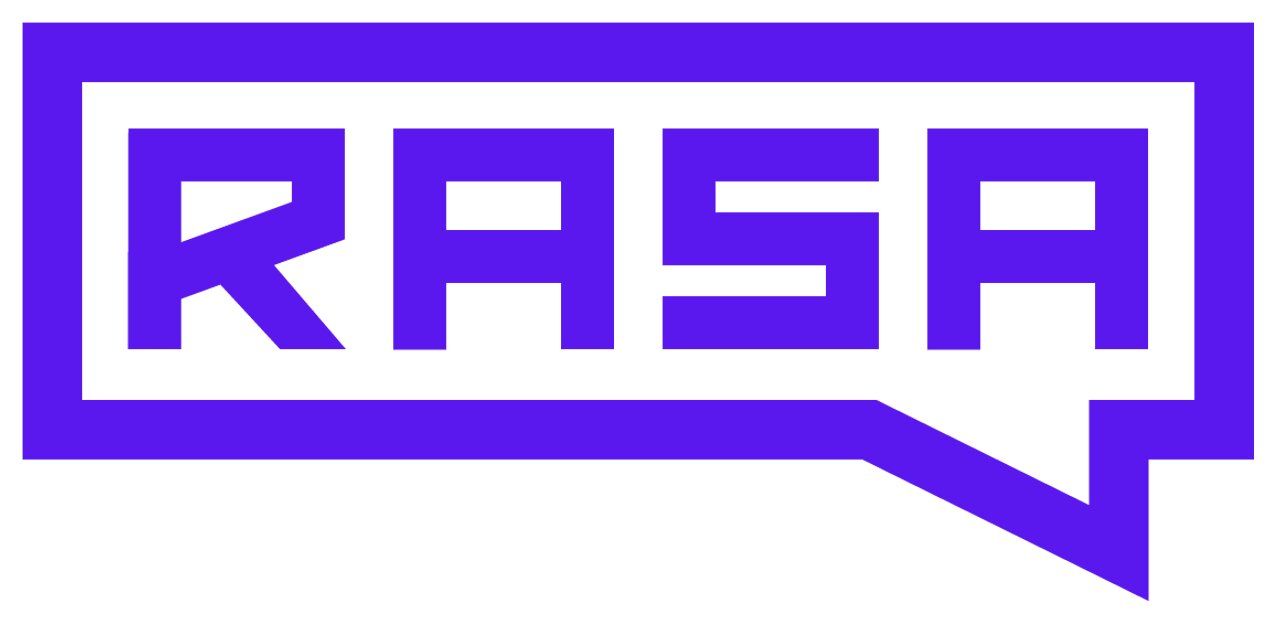
Rasa is a flexible conversational AI software. It helps in building text and voice based assistants. Rasa offers flexibility scalability and privacy features. They make it suitable for top chatbots tailored to specific use cases.
Features:
- Advanced Natural language understanding
- It allows flexible and customizable options
- It boasts sophisticated dialogue management system
Pros:
- Flexibility and Customization: The software allows its developers to have full control over the chatbot development process. With this developers can easily modify the code. They can define custom actions to do complex business logic and workflows.
- Open-Source and Community Support: It offers transparency freedom and flexibility for its developers. Rasa has a vibrant community that actively contributes to its development.
- Natural Language Understanding (NLU): The software offers robust natural language understanding capabilities. It further supports customizable machine learning models and integrates with NLP libraries.
- Dialogue Management: With sophisticated dialogue management systems chatbots manage conversational flows. It also allows the chatbot to maintain context and handle multi turn interactions.
Cons:
- Learning Curve: To work with Rasa developers require a deep understanding of coding skills. Developers should be familiar with Python programming machine learning and more.
- Setup and Configuration: Configuring Rasa for a specific project can be complicated. It involves various tasks like configuring pipelines training models and more.
- Limited Documentation:Rasa offers extensive documentation and lacks clarity. Developers need to rely on community forums online resources to address specific challenges.
- Maintenance and Support: As an open-source project Rasa does not offer formal support for maintenance. Users may need community support self-help resources and internal expertise. They need these to address issues fix bugs and keep their chatbots up to date.
3 Google Bard
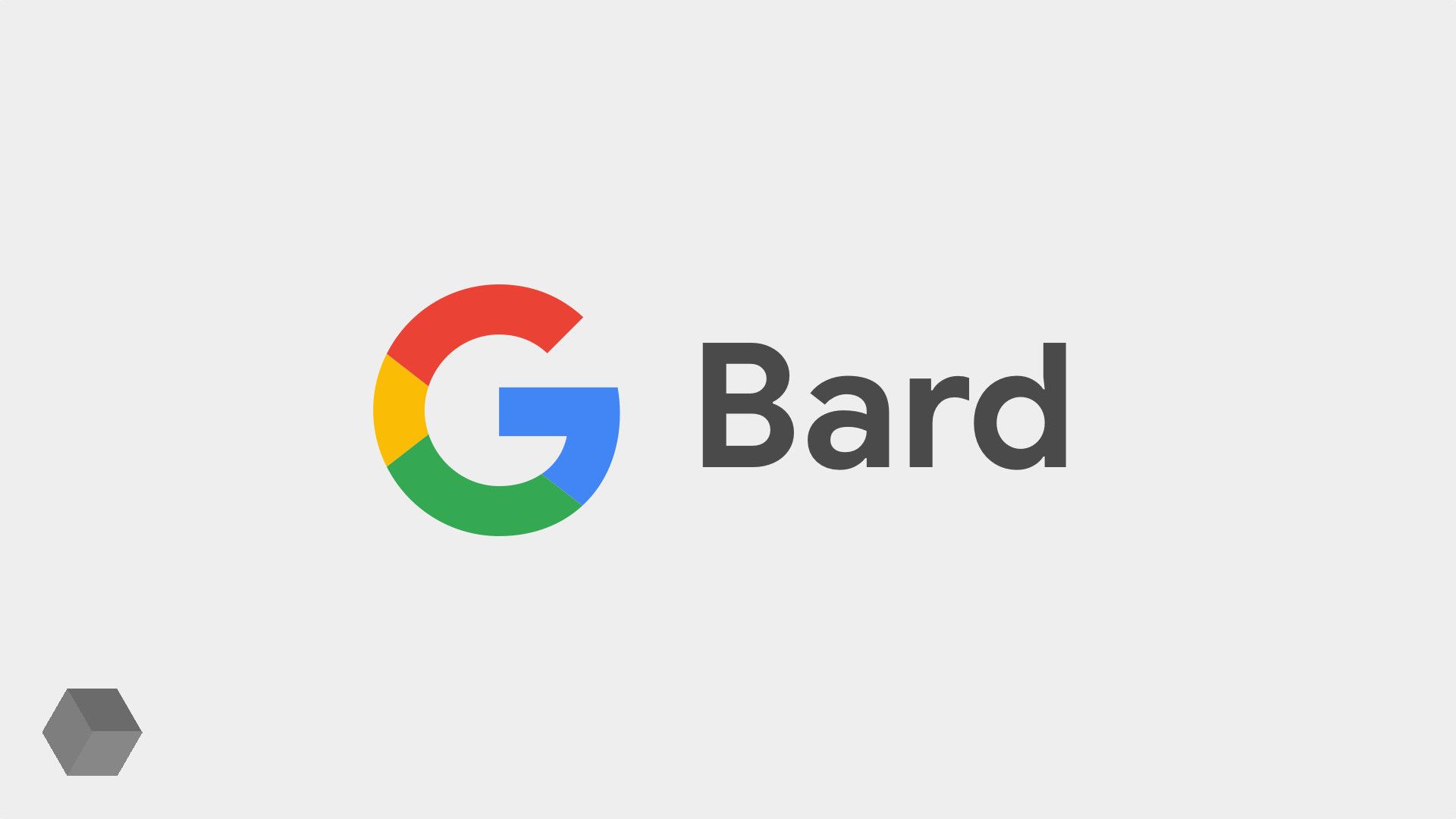
Created by Google Bard is the best ChatGPT alternative. A major selling point is that Bard can use the internet to find sources. Images from the search results may even appear in the chat window itself.
Features:
- Bard is free to use- just need a Google account
- Google bard supports 40+ languages
- It is an asset for coders and programmers
Pros:
- Cutting Edge model: Top advantage of Google Bard is that it is based on PaLM2. This model is ultramodern with enhanced reasoning coding and multilingual capabilities. The model with generative and problem-solving characteristics also endows Bard.
- Human responses: Google Bard understands text based prompts. The software responds to questions in a human-like manner.
- User friendly: The interface of Bard is user-friendly. The interface is easy to use and understand. Users can use Bard and can also incorporate it with google products.
- Speech Recognition: Bard can process voice commands.
Cons:
- Inaccuracy: The disadvantage is that it is still in its intial stage of development. This allows to send inacurrate information.
- Limited Response: The limitations of Google Bard are yet another significant drawback. This lack of imagination makes Bard more likely to respond. It may offer general responses to inquiries about specialized subjects.
- Experimental: When it comes to training Google Bard has a lesser dataset than more advanced language models. The small training data causes inaccuracies. It also leaves gaps in the knowledge of user queries. Bard is hence quite susceptible to incorrect answers for some situations.
4 Chatfuel
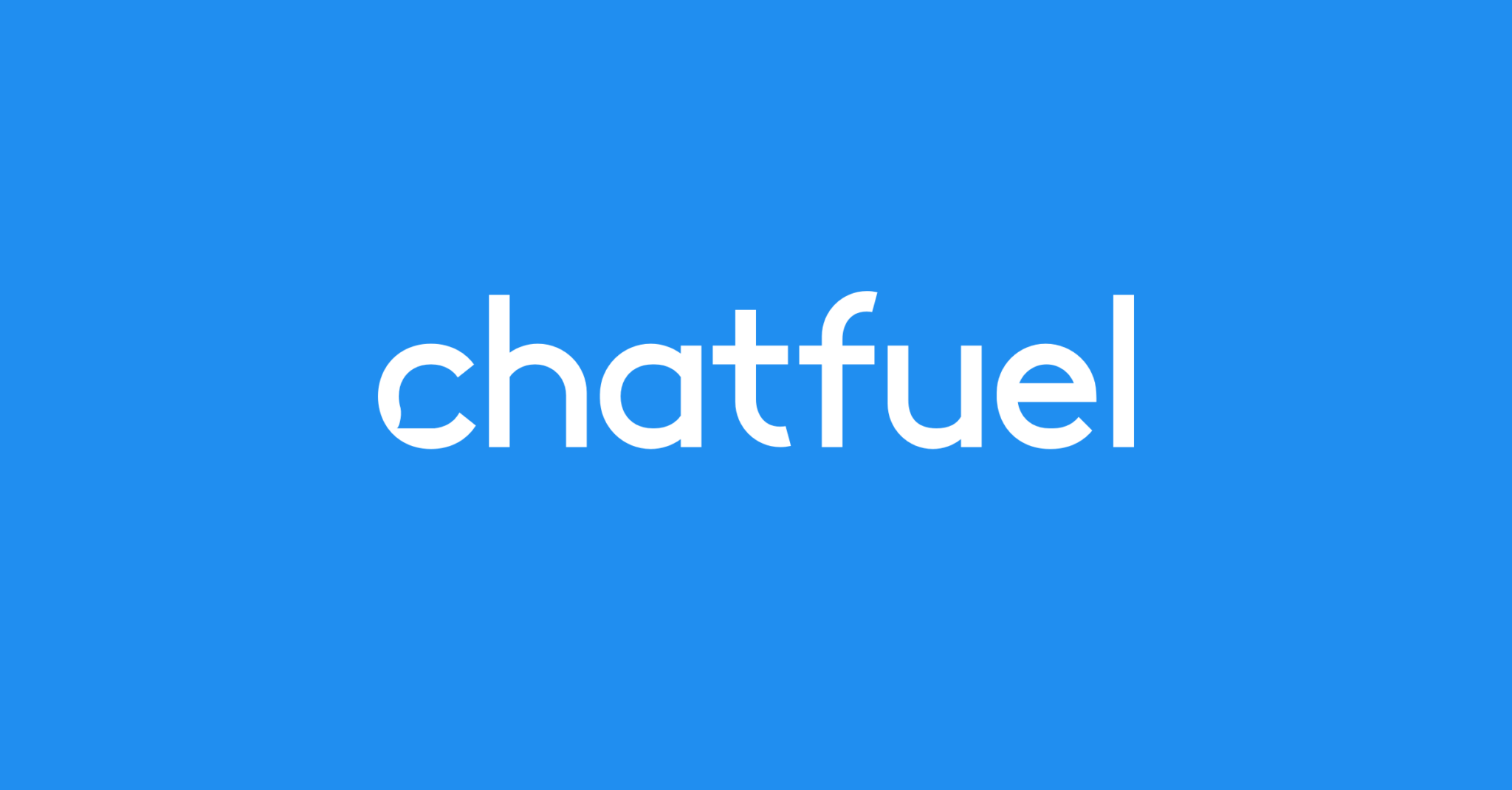
Chatfuel is a popular chatbot platform for building AI-powered bots on Facebook Messenger. It has a drag-and-drop interface. It has powerful automation features. It integrates with external APIs. These let you make engaging conversations without coding.
Features:
- It is a platform for no-code development
- Chatfuel has drag-and-drop user interface
- Users can have Free FAQ template
Pros:
- User friendly interface: Chatfuel provides a user-friendly interface with a drag-and-drop builder. It allows both developers and non-technical users to create chatbots without writing code.
- Pre-Built Templates and Blocks: Chatfuel offers ones that users can customize and add to their chatbots.
- Integration with Facebook Messenger: Chatfuel integrates with Facebook Messenger. It allows developers to deploy their chatbots on the Messenger platform.
- Advanced Automation Features: Chatfuel includes advanced automation features. These include AI-powered responses user segmentation conditional logic and persistent menu options.
Cons:
- Limited Integration Options: Chatfuel offers integration with third-party services through plugins and webhooks. But its integration options may be limited compared to other chatbot platforms.
- Dependency on Facebook: Chatfuel is integrated with Facebook Messenger. This means users depend on Facebook's platform and policies. Changes to Facebook's APIs or policies could affect the function or availability of chatbots. These chatbots are built on Chatfuel.
- Scalability Challenges: Chatfuel may face scalability challenges. These would occur for large deployments or high-traffic bots. This is especially true due to its cloud-based hosting model.
5 ChatGPT
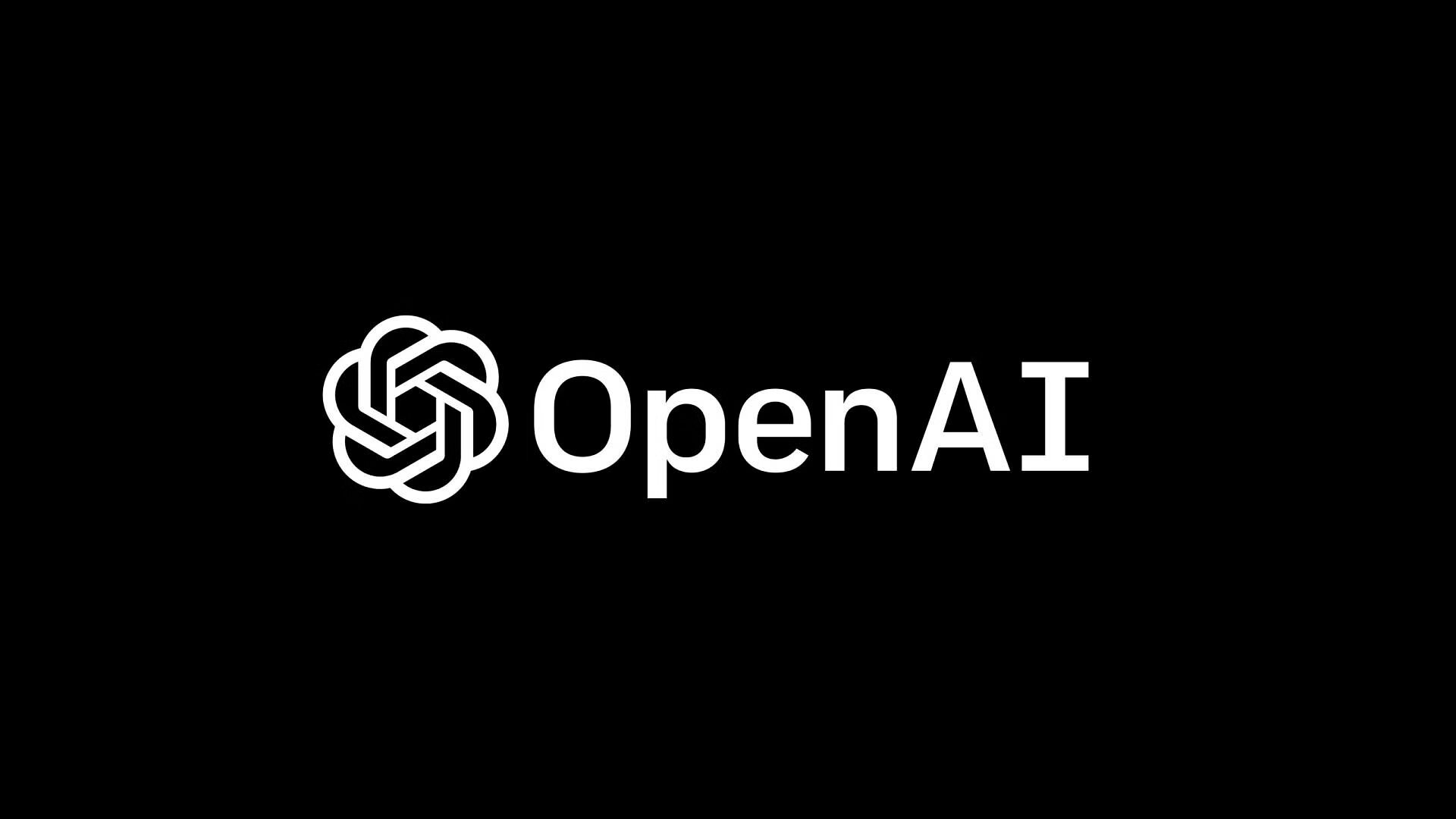
The first AI chatbot known as ChatGPT. It was released in late 2022. It set the world on fire and brought AI back into the public eye in 2023. Throughout its public life ChatGPT was made by startup OpenAI. OpenAI is backed by Microsoft. It has been powered by the GPT family of large language models.
Features:
- It excels in diverse conversational contexts
- ChatGPT provides precise and appropriate responses
- It adjusts responses based on user input
Pros:
- Conversational Interaction: ChatGPT is approachable and since it has human-like dialogues.
- Content Creation: It may produce prose poems screenplays and even lyrics on a variety of subjects.
- Task Help: ChatGPT can help with resumes assignments and work tasks by offering pertinent information. It can also help with presentations and reports.
Cons:
- Lack of Emotional touch: It lacks emotional touch. It might struggle to understand emotions. This could cause misunderstandings.
- Potential for Bias: ChatGPT may respond based on the training data it uses.
- Limited Creativity: Although competent it could struggle to make truly original or creative stuff.
6 Microsoft Bing AI
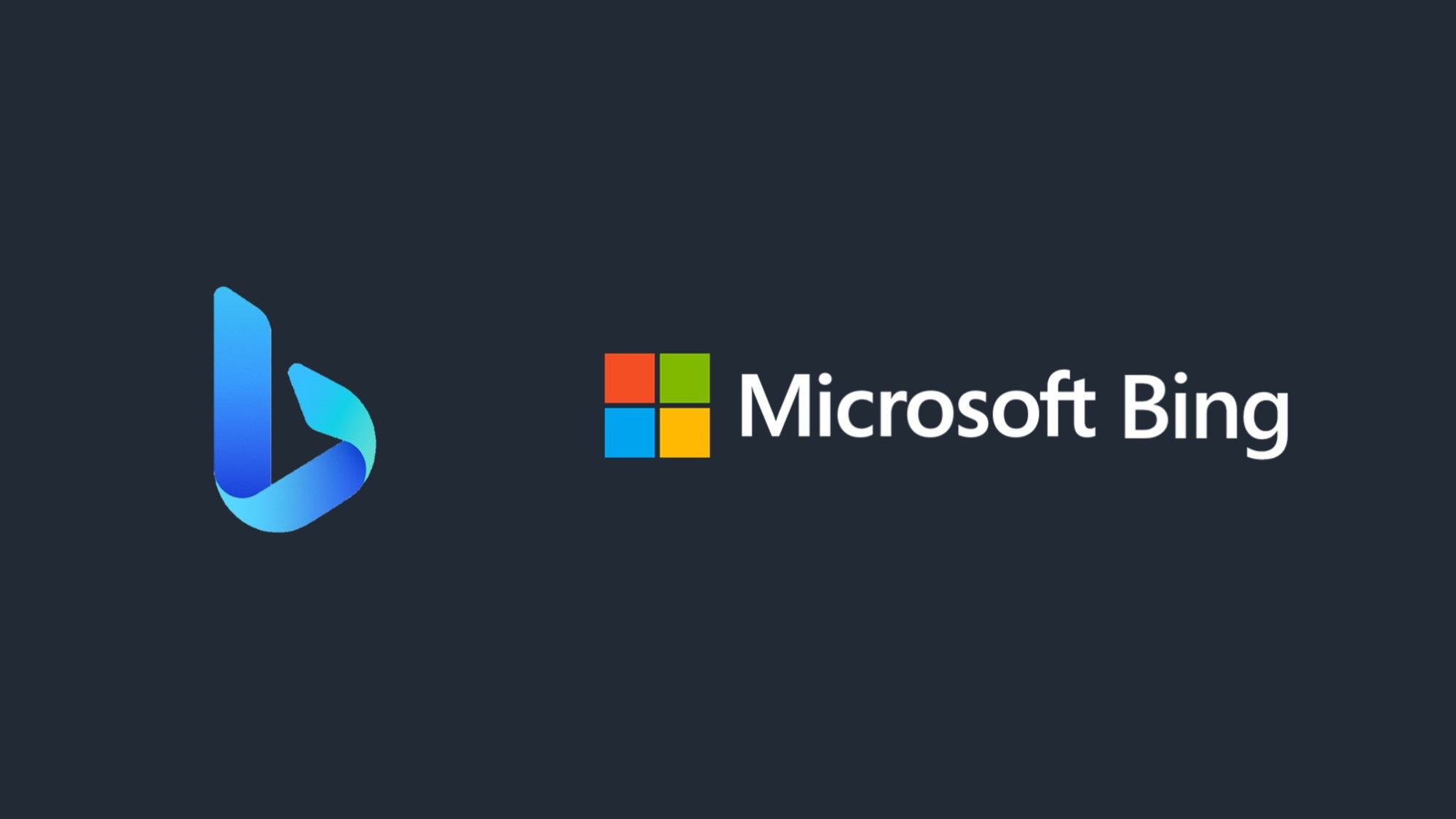
Microsoft Bing AI is an innovative tool. It uses AI to improve searches and give insights. The AI of Microsoft offers various features and improves the search experience. But it faces challenges related to market share and perception.
Features:
- Bing AI employs advanced algorithms to deliver relevant search results tailored to users' needs.
- Users can search using images. This allows for more intuitive exploration of information and products.
Pros:
- Enhanced User Experience: Bing AI gives users enhanced search experience.
- Efficiency: It features visual and voice search capabilities that saves time and efforts of its users.
- Personalization: The ability to personalize search results improves user satisfaction and engagement.
- Integration: Bing AI integrates with other Microsoft products and services enhancing productivity.
Cons:
- Limited Market Share: Bing's market share is smaller compared to other search engines like Google limiting its reach.
- Dependency on Data: Bing AI's effectiveness relies on access to large volumes of data which may raise privacy concerns.
- Perception: People often think Bing is less capable and popular than its competitors. This perception affects user adoption.
7 Jasper
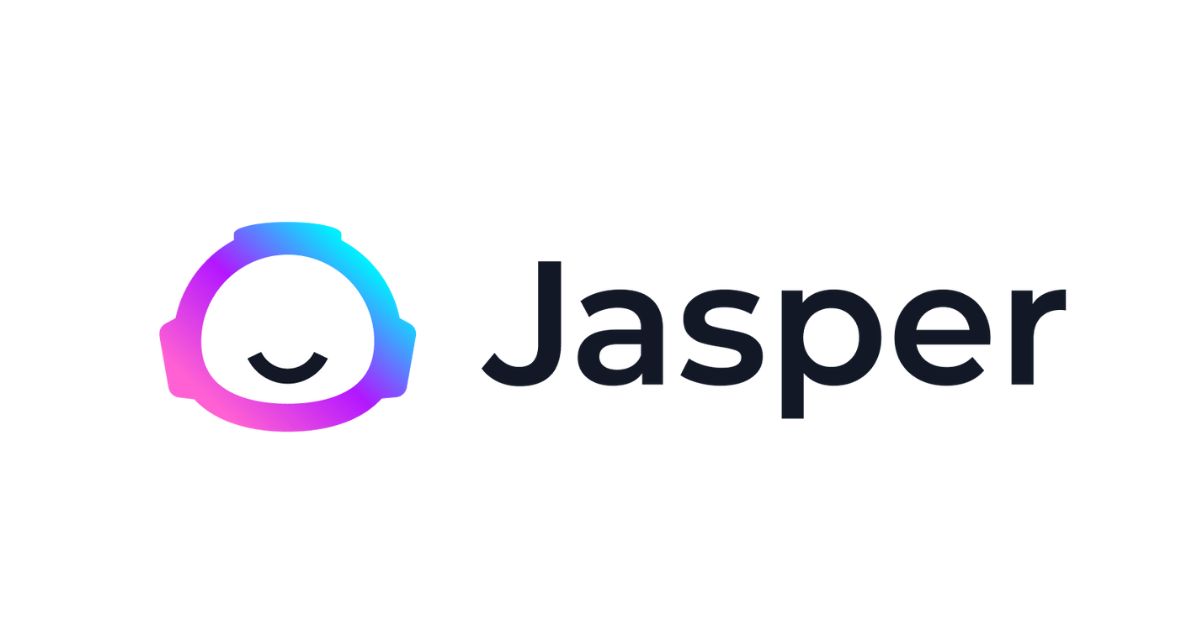
Jasper is a powerful all-in-one AI content creator. This business intelligence tool is freely available. Jasper is renowned for its flexibility and versatility. It offers extensive customization cost-effectiveness and scalability to its users.
Features:
- Design and generate interactive reports with various data visualization options
- Jasper supports many languages
Pros:
- Cost-effective: Jasper is cost-effective. It is open-source and eliminates hefty licensing fees. This makes it a cheap choice for businesses of all sizes.
- Customization: Users can easily customize their reports and dashboards.
- Community Support: The large user community offers extensive support. It includes forums documentation and resources. These aid users in troubleshooting and improving their Jasper experience.
Cons:
- Steep Learning Curve: Despite its robust features Jasper have a steep learning curve. It requires time and effort to master its functionalities.
- Resource Intensive: To build complex reports and dashboards it requires significant system resources. It affects the performance on less powerful hardware.
- Limited Visualization: Jasper offers many visualization options. But they may not be as broad or deep as some proprietary BI tools. This limits advanced visualization in some cases.
8 ManyChat
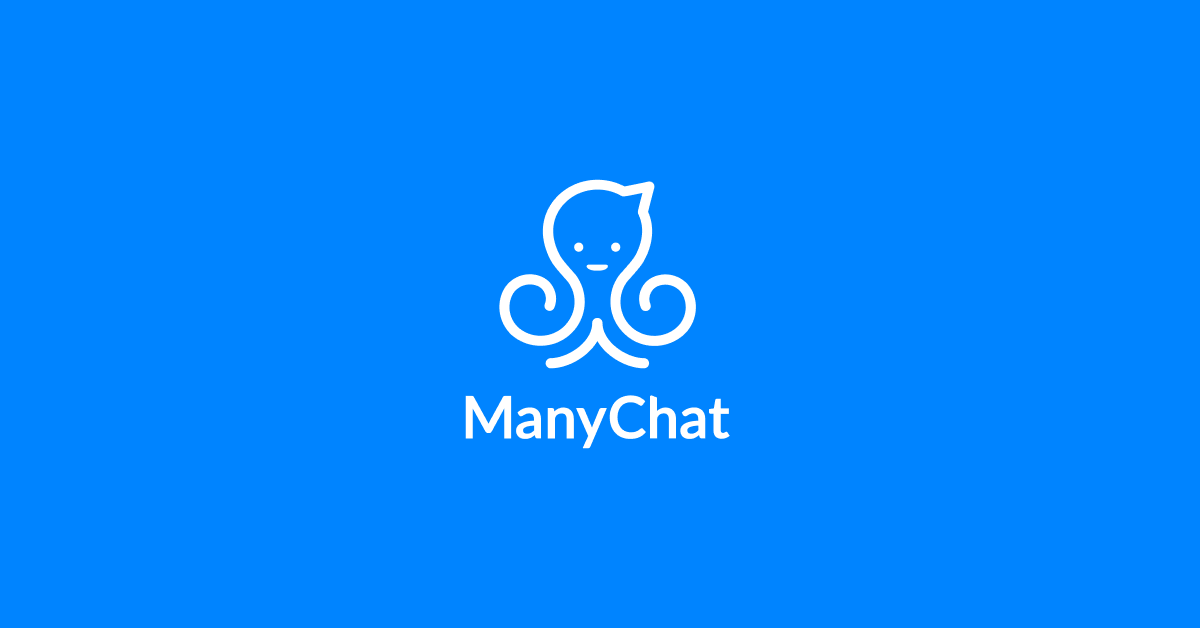
Another popular tool for creating chatbots for Facebook Messenger is ManyChat. It uses a drag-and-drop visual interface. It offers sophisticated automation functions as well. These are for creating engaging chatbot experiences.
Features:
- ManyChat offers easy customization
- It offers Automated responses
- Users can segment their audiences
Pros:
- User Friendly: The flow builder is easy for non-technical users. It helps them make complex chatbot workflows.
- Wide Integration: ManyChat integrates with popular platforms like Facebook Messenger.
- Cost-Effective: ManyChat offers a free plan with basic features. It is accessible for small businesses.
- Lead Generation: Its lead capture tools help businesses generate leads and nurture them.
Cons:
- Limited Customization: ManyChat offers many features. But it has limited customization. Other chatbot platforms are more advanced.
- Learning Curve: Despite its interface. But beginners must learn to use its advanced features.
- Platform Dependency: ManyChat integrates with Facebook Messenger. If businesses wish to expand to other platforms they face limitations.
9 Tidio
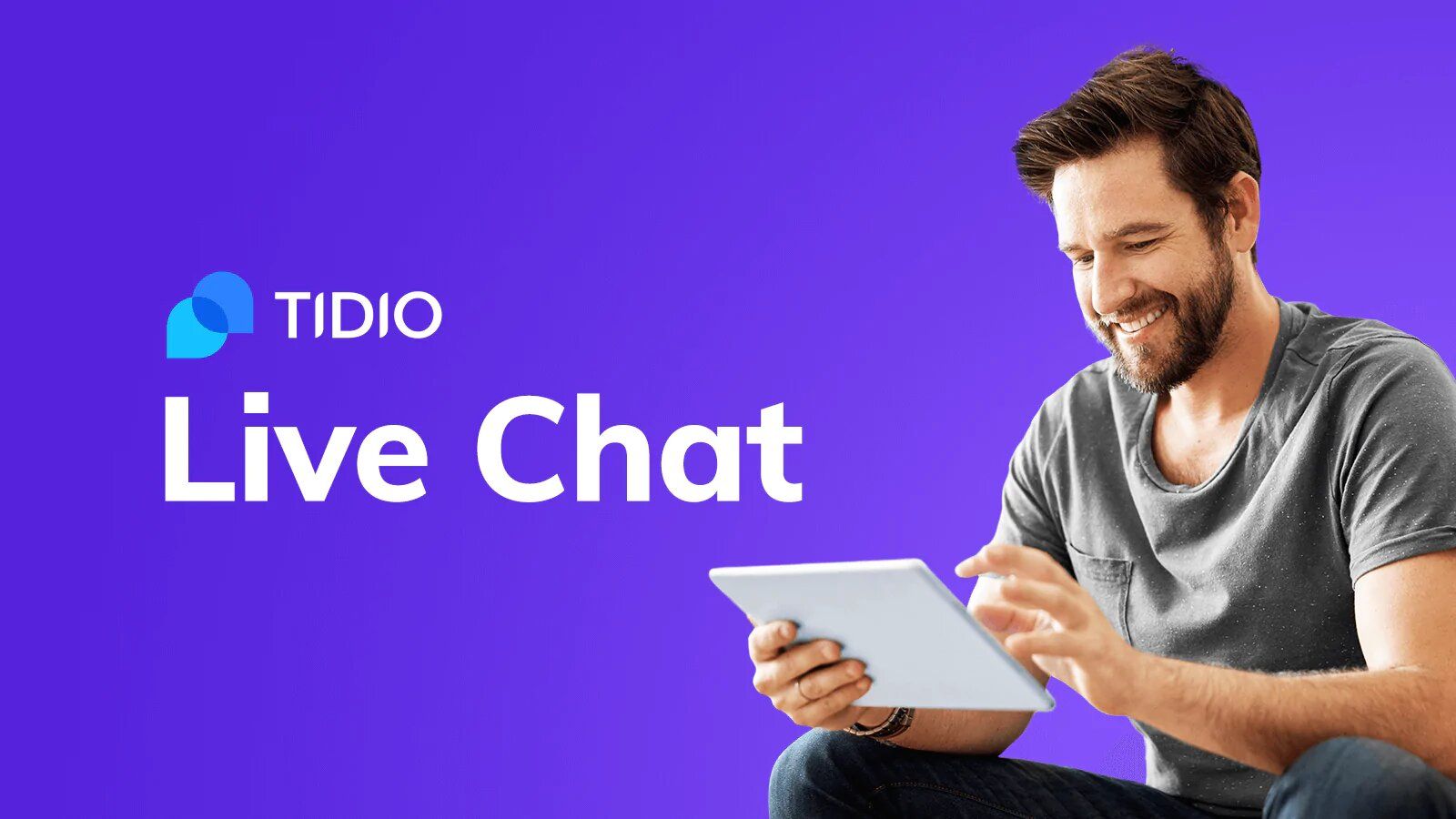
Tidio is flexible and easy to use. It is an AI chatbot platform. It empowers companies to control online interactions and drive growth. It combines marketing tools AI-powered automation and live chat. This makes it invaluable for lead-generation campaigns e-commerce sites and customer care.
Features:
- Smooth Live Chat
- Lead generation and marketing automation
Pros:
- Interface: Tidio offers an intuitive and easy-to-use interface. It is accessible for businesses of all sizes including those with limited technical expertise.
- Live Chat and Chatbot Integration: It combines live chat functionality with chatbot capabilities. It allows businesses to provide immediate support. It also automates responses to common queries.
- Customization Options: Tidio provides a range of customization options. It includes the ability to personalize chat widgets to match branding.
Cons:
- Limited Chatbot Complexity: While Tidio's chatbot functionality is robust. It may not support as complex chatbot workflows as some other platforms.
- Integration limitation: Tidio integrates with popular platforms like WordPress Shopify and Wix. But its integration options may be more limited than some competitors. They need extra development for custom integrations.
- Cost consideration: Tidio offers a free plan with basic features. But some advanced features like automation rules and analytics are only in paid plans.
10 Intercom
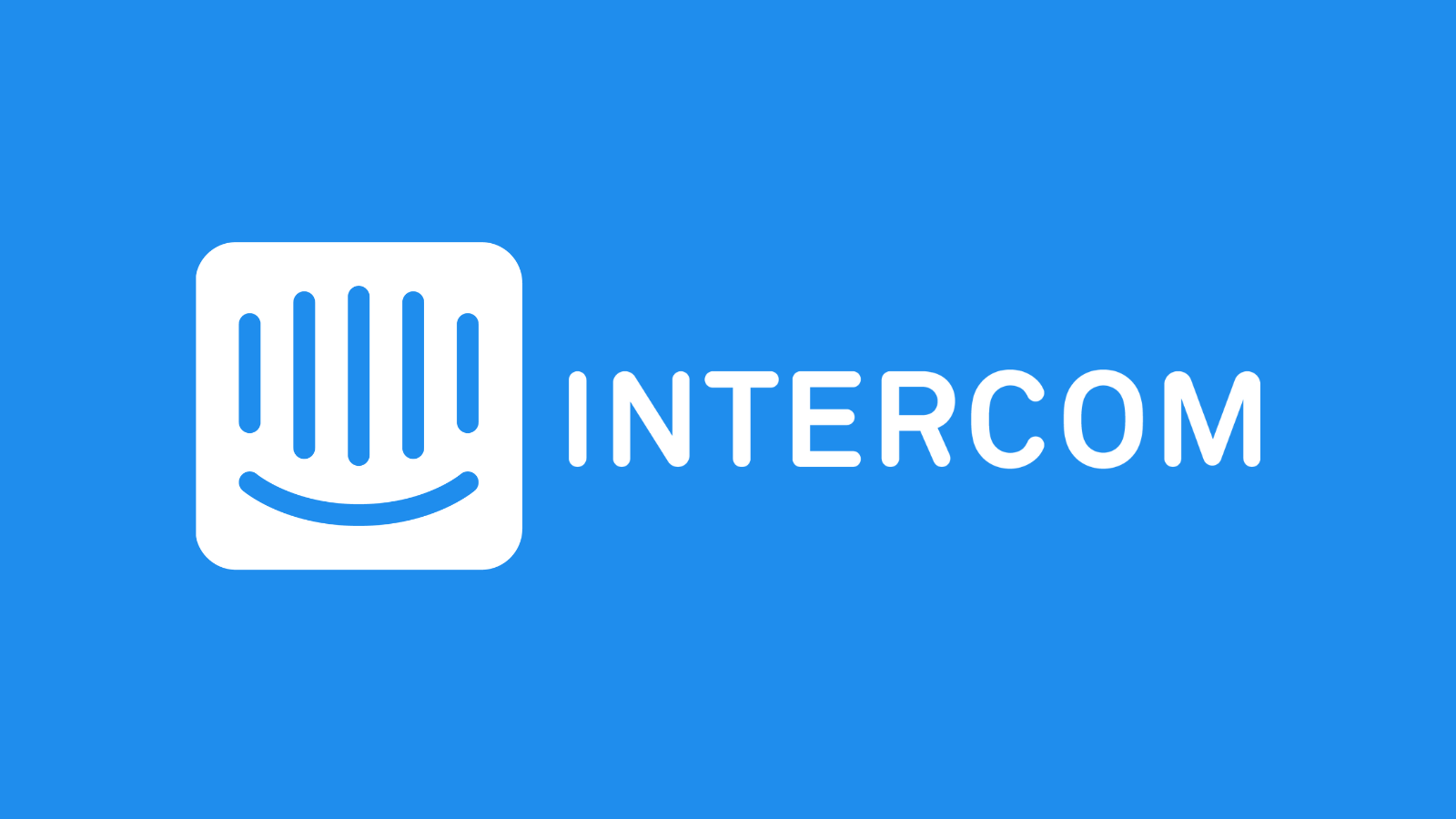
Intercom is a customer messaging platform. It helps businesses talk to their customers across various channels. These include live chat email and in-app messages.
Features:
- Intuitive Chatbots
- Omnichannel Support
- Data-driven Insights
- Seamless Integration
Pros:
- Unified Platform: Intercom offers a unified platform for customer communication. It replaces the need for many tools and platforms.
- Rich Messaging Features: Its platform supports rich media. This includes images videos and file attachments. These features enhance the customer experience.
- Customer Engagement: Intercom's automation and segmentation capabilities help businesses engage with customers. They drive retention and conversion.
Cons:
- Cost: Intercom's pricing can be high.
- Dependency on Integrations: Intercom works with several third party tools. But businesses may face limits or challenges with some integrations.
- Overwhelming Features: The features are overwhelming. They are too much for smaller businesses or those with basic needs. The features may be unnecessary.
11 Conclusion
So these were the top chatbot solutions one could have to ease their work. Further for Chatbot platform comparison several factors are considered. Factors used for comparing are ease of use customization pricing and integration capabilities. Each platform has its strengths and weaknesses. Considering these factors ensures selecting the best platform. The platform is for creating engaging and efficient chatbot experiences. One can also perform the chatbot technology review by using these factors.
The leading chatbot platforms will continue to evolve in 2024. So businesses that want to use these platforms must consider the good and bad of each one. So while concluding this blog the team of trusted10.io hopes that you get to know about the best AI chatbots. These leading chatbot platforms 2024 will help you to excel in your life.


